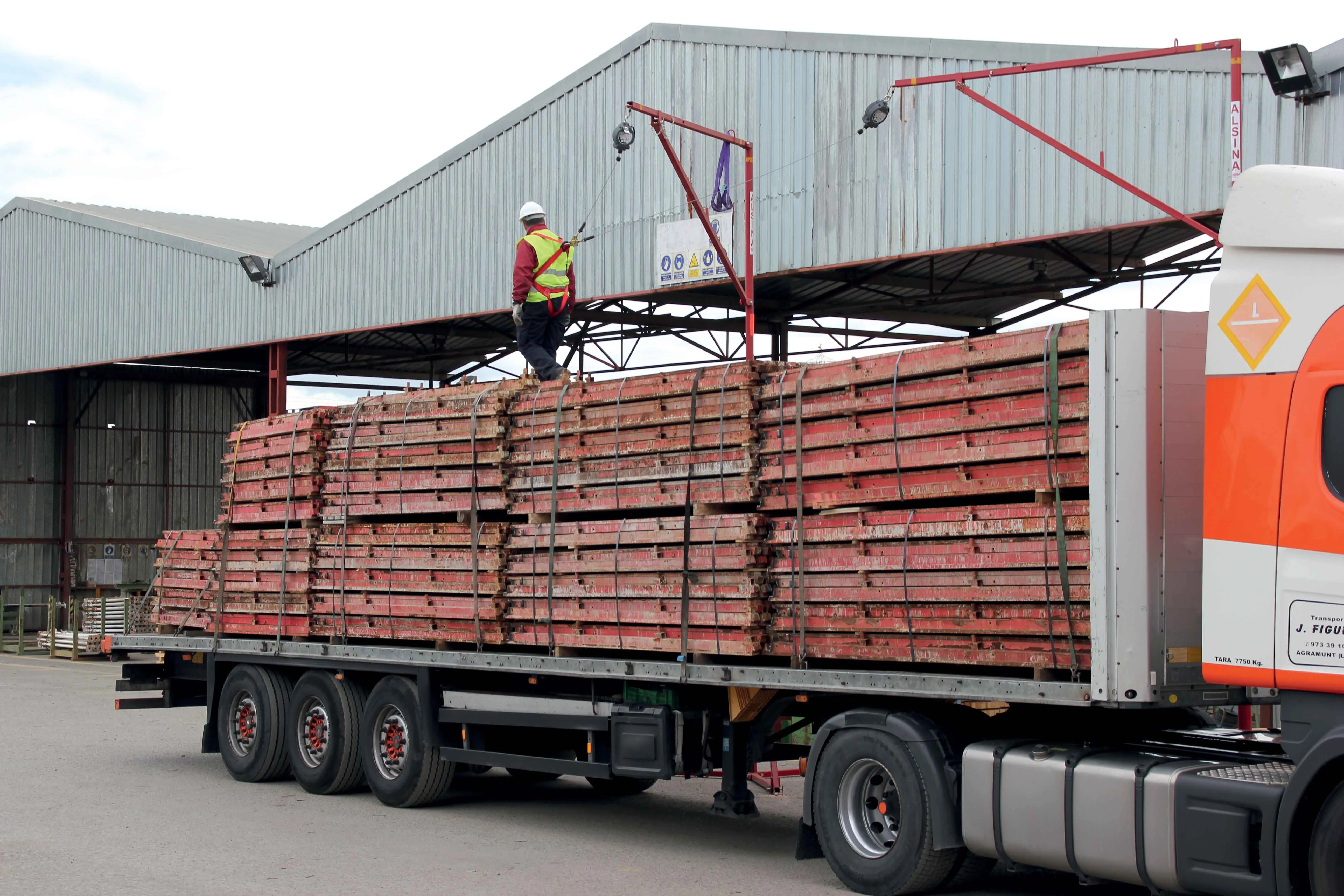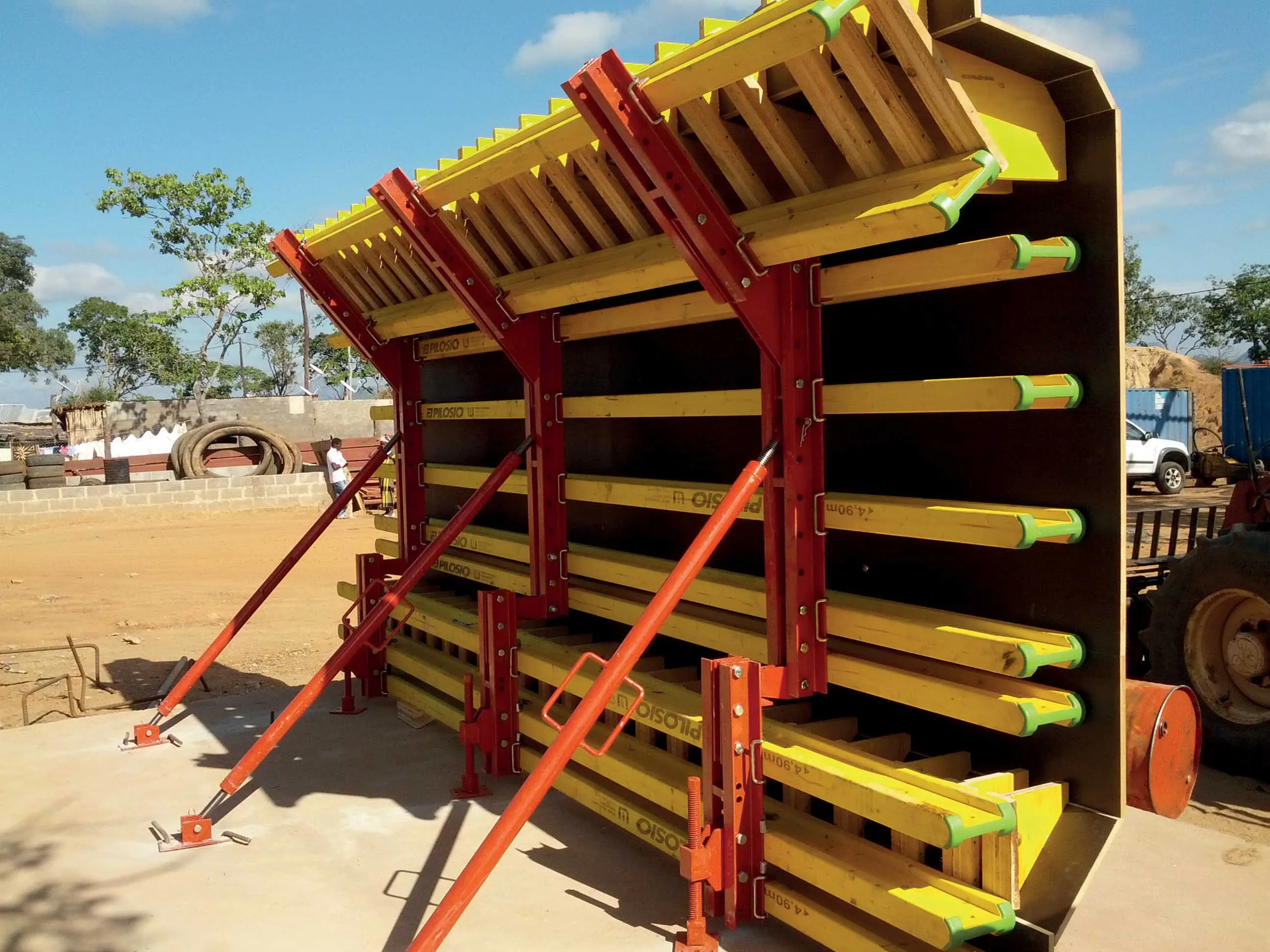Alsipercha is a “personal fall arrest system” from Spanish firm Alsina Group and consists of a steel body and a self-retractable lifeline.
The retractable lifeline locks when an acceleration occurs during a fall, similar to the seatbelt of a car. It provides complete freedom of movement - 360º - by rotating on its axis, allowing the worker to safely perform operations at height.
The Alsipercha is composed of six elements: the system itself, a retractable device, a shock-absorbing device, a retractabl
May 23, 2016
Read time: 2 mins

Alsipercha is a “personal fall arrest system” from Spanish firm 8425 Alsina Group and consists of a steel body and a self-retractable lifeline.
The retractable lifeline locks when an acceleration occurs during a fall, similar to the seatbelt of a car. It provides complete freedom of movement - 360º - by rotating on its axis, allowing the worker to safely perform operations at height.
The Alsipercha is composed of six elements: the system itself, a retractable device, a shock-absorbing device, a retractable device protector, a conical tube and a sling and hook.
For construction work, it allows the safe placement of boards, guardrails, edging formwork and in formwork assembly where there is high risk of falling. However, the company says that it is also a useful for logistics and other industry operations where there is high risk of falling.
Alsipercha has a wide range of accessories to allow the wearer to work secured while covering the entire work surface and to adapt to many situations. The metal structure in the form of an inverted "L" provides an anchor point up to 6.5m (80kg) and the rail system (ATEX) allows a pendulum effect "O".
In the logistics industry, it allows the safe loading and unloading of trucks and maintenance of platforms.
Alsina Group, based in Barcelona, employs 600 people for the design, manufacture, selling and rental of formwork for concrete structures.
The retractable lifeline locks when an acceleration occurs during a fall, similar to the seatbelt of a car. It provides complete freedom of movement - 360º - by rotating on its axis, allowing the worker to safely perform operations at height.
The Alsipercha is composed of six elements: the system itself, a retractable device, a shock-absorbing device, a retractable device protector, a conical tube and a sling and hook.
For construction work, it allows the safe placement of boards, guardrails, edging formwork and in formwork assembly where there is high risk of falling. However, the company says that it is also a useful for logistics and other industry operations where there is high risk of falling.
Alsipercha has a wide range of accessories to allow the wearer to work secured while covering the entire work surface and to adapt to many situations. The metal structure in the form of an inverted "L" provides an anchor point up to 6.5m (80kg) and the rail system (ATEX) allows a pendulum effect "O".
In the logistics industry, it allows the safe loading and unloading of trucks and maintenance of platforms.
Alsina Group, based in Barcelona, employs 600 people for the design, manufacture, selling and rental of formwork for concrete structures.









